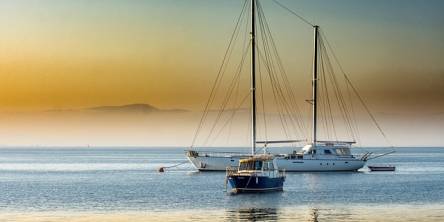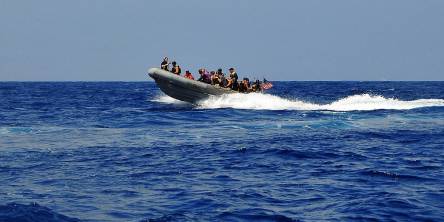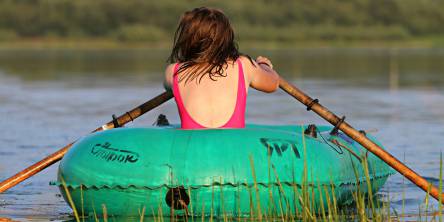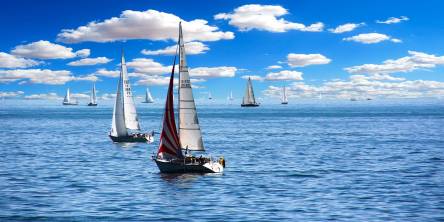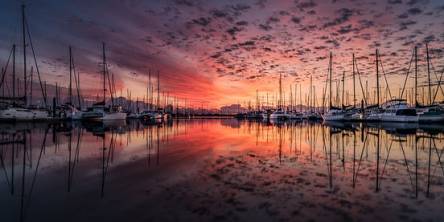What Upstate Travelers Need to Know Before Sailing Cabo’s Sunshine

Lake-effect clouds hang thick over the Southern Tier, but three and a half hours after clearing the Syracuse runway you can step onto a marina pier where the breeze smells of salt and jacaranda. The secret is weather literacy. Reading forecasts with the same care you give to winter parking bans turns a long-imagined getaway to Cabo into a precise, stress-free reality. Use the sky as a planning tool, and a 72-hour warm-up becomes achievable even during the coldest New York month.
Why Weather Is the Real Ticket From Broome County to Baja
Storm fronts decide more vacations than airfare. Upstate flyers battle lake squalls in departure season, while Pacific systems dictate sea state once you arrive. Cabo basks in more than 300 clear-sky days per year, but choosing the best 72-hour pocket still matters. Calm mornings mean glassy water, better sightseeing, and a punctual return flight. If your goal is to cram maximum sun into a tight PTO window, you need a forecast compass that points farther south than Albany.
Upstate Chill vs. Cabo Heat: A Month-by-Month Snapshot
January highs hover around 28 °F in Binghamton while Cabo greets the same sunrise at 79 °F. Snow depth averages ten inches at home; rainfall in Baja rarely tops one-third of an inch. From June to September the thermometer in New York climbs, but so does humidity. Cabo enters its brief rainy spell in late summer, yet showers fall in short bursts, often overnight. The real red-flag weeks run mid-August to late September, when lingering tropical systems can ruffle the Pacific. Booking outside that slot boosts your odds of smooth seas.
Three Forecast Tools to Check Before You Book
NOAA Aviation Models for Departure Timing
National Weather Service aviation charts publish icing, wind shear, and ceiling data up to 48 hours out. Scan the Syracuse and Albany sections for color blocks that hint at de-icing delays. Shifting your flight one day earlier can save a morning of tarmac suspense and protect the narrow margins of a weekend sprint.
Baja Now-Casts for Calm Seas Around The Arch
Mexican port authorities release hourly swell maps with wave height and direction for the Cape. Look for periods when swell drops below four feet and wind stays under ten knots. That gentle window lets crews thread the narrow corridor beside The Arch without spray soaking camera lenses. Weekend travelers should aim for the dawn lull, which often lasts from sunrise until mid-morning.
Global Cyclone Trackers for Peak Dry-Season Security
Sites such as the Joint Typhoon Warning Center aggregate satellite loops across oceans. A quick glance confirms no rogue system is funneling moisture toward the Baja Peninsula. If a disturbance appears, shifting a trip by two weeks can turn choppy disappointments into silk-smooth passages.
72-Hour Blueprint Anchored by Weather Windows
Day 1, evening flight. Catch a late afternoon departure from Hancock International. A clear jet stream path trims airtime, and you land in Cabo just after dinner. A short transfer brings you to the marina, where a private catamaran awaits under starry skies.
Day 2, predawn. Stable offshore winds of less than eight knots promise mellow rollers. Lines cast off at first light, and the twin hulls glide past The Arch moments after sunrise, the granite glowing peach against a cobalt sea.
Day 3, midday. Onshore breezes build to fifteen knots, typical by noon. The skipper tucks into the lee of San Lucas Bay, turning lunchtime into a placid pause while other vessels bounce outside the point.
Day 4, sunrise. Forecast models show thermals arriving by late morning, so the catamaran heads home on a mirror-calm corridor, docking before heat shimmer curls above the pier. Plenty of time remains for duty-free browsing and a leisurely airport transfer.
How Private Catamarans Turn Forecasts Into Comfort
Twin-hull geometry halves roll compared to single-keel boats, a lifesaver when afternoon chop sneaks up. Fiber-reinforced decks mean lighter displacement, so captains can accelerate between swell sets and thread lines suggested by live buoy feeds. Modern onboard barometers and AIS weather overlays empower a private catamaran to pivot routes in minutes, trading rough reaches for silky channels. The result is less motion fatigue and more deck time for passengers.
Packing for 40-Degree Temperature Swings
Leave the parka in the car but bring a compressible down vest for the overnight flight cabin. Slip a microfiber hoodie over quick-dry tees; both adapt from sub-freezing sidewalks to Baja dawns. Reef-safe sunscreen, a brimmed hat, and polarized lenses earn top-of-bag status. Footwear strategy: waterproof ankle boots for Syracuse slush, plus deck-friendly sandals that double as casual dinner attire once in Cabo.
Booking Checklist for the Climate-Curious Traveler
● Ask whether the charter publishes a live weather dashboard so you can follow pressure trends days before departure.
● Confirm that sunrise passages at The Arch align with calm-sea predictions, not just marketing photos.
● Verify crew certifications on the private catamaran and review hurricane-contingency policies that outline refund or reschedule terms should the Pacific brew surprises.
● Look for operators, such as La Isla Tour, who provide itinerary drafts with embedded forecast links, a sign they treat meteorology as more than a footnote.
The Takeaway: Forecast Like a Pro, Sail Like You Belong
A few clicks through aviation charts and buoy feeds can convert the bleak gray of an Upstate winter into the bronze glow of a Baja morning. Master the forecast, pick the right window, and Cabo’s water-warm embrace feels as natural as your own living room—only with dolphins instead of driveway salt. A little meteorological homework and the right private catamaran shrink geography, letting you swap icicles for sunshine before Monday’s first email lands.
Similar Articles
Owning a boat is a fulfilling experience, but safeguarding that investment requires careful planning and attention.
Creating an unforgettable yacht charter experience boils down to one thing: the personalized itinerary. With a yacht, you can explore stunning coastlines, private islands, and the majestic sea. But what you do in between, from dawn till dusk, and the way you pace your adventure are what make a tailored yacht experience truly one of a kind.
Seaeagle inflatable boats are made for every type of boating. Seaeagle has a thirty six year history of making inflatable boats. They are among the best rated in reviews. Only the highest quality materials are used to ensure a sturdy and stable environment for fishing, diving or just boating
Inflatable sports boats make a very stable fishing platform. An 8’ – 10’ inflatable is best for catching fish in smaller bodies of water and shallow backwater areas of lakes and rivers not accessible to other anglers. A 12’ – 14’ inflatable powered by a 30 or 40 hp outboard can get you to the best fishing spots quickly.
Inflatable boats are the best alternative to high priced aluminum and fiberglass sport fishing boats. Inflatables come in every style that include sport runabouts, sail and row boats, dinghies, catamarans, pontoon boats, canoes and the best inflatable kayaks suitable for ocean and whitewater kayaking.
We have always said, to truly understand an island you have to go out in a boat as well as look back. Islands and Boating just go together — to see a place and really know it, you have to get away from it. It provides perspective on topography, foliage, and size and when you go to land, you explore what makes the island tick.
Croatia is a home to a large part of the Adriatic Sea. The sea is relatively shallow, clear and beautiful. In fact, the clarity of its waters can allow you to have a clear view of the sea floor even when you are 15 meters away. The waters are warm and sometimes will hit 25°C.
Sailing is a fun activity but there are items you need to keep safe. The following will keep you protected and prepared.
The Croatian coast is comprised of miles of pristine sandy beaches, dense greenery and pleasant sunshine. It is a piece of heaven on earth, where the playful waves of the Adriatic Sea


